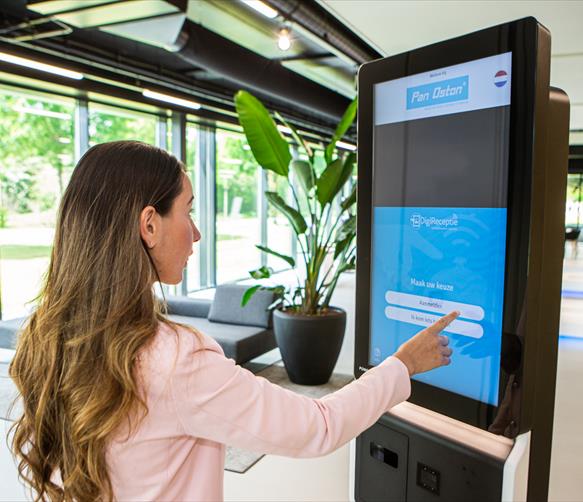Lansinoh is a globally recognized brand that has become a trusted name in the world of breastfeeding support. Lansinoh Malaysia offers a wide range of products designed to make the breastfeeding journey easier and more comfortable for mothers. From breast pumps to nipple creams and breast milk storage solutions, Lansinoh Malaysia is committed to providing… Continue reading Lansinoh Malaysia: Supporting Breastfeeding Mothers with Quality Products
Leading Source for Threaded Fittings: Malaysia UniTrade
UniTrade Industries Berhad stands as a prominent supplier in the Malaysian market, renowned for its extensive range of high-quality construction and industrial materials. Among its core product offerings, threaded fittings Malaysia play a crucial role in various piping systems, providing essential connections and flexibility. With UniTrade’s commitment to quality and customer satisfaction, they are a… Continue reading Leading Source for Threaded Fittings: Malaysia UniTrade
Leading Source for Threaded Fittings: Malaysia UniTrade
UniTrade Industries Berhad stands as a prominent supplier in the Malaysian market, renowned for its extensive range of high-quality construction and industrial materials. Among its core product offerings, threaded fittings Malaysia play a crucial role in various piping systems, providing essential connections and flexibility. With UniTrade’s commitment to quality and customer satisfaction, they are a… Continue reading Leading Source for Threaded Fittings: Malaysia UniTrade
Unlocking Excellence: The Quest for the Best Services and Products in Malaysia
Unlocking Excellence: The Quest for the Best Services and Products in Malaysia
title: “Supercharge Your Marketing with SMS – the Ultimate Guide”
Introduction Are you ready to revolutionize your marketing strategy? Look no further than SMS marketing! In this comprehensive guide, we will explore the incredible potential of SMS marketing and how it can supercharge your business growth. From catchy promotional messages to instant customer engagement, SMS marketing is a game-changer in today’s digital age. Strap yourself… Continue reading title: “Supercharge Your Marketing with SMS – the Ultimate Guide”
The Top Messaging Apps: Staying Connected at Your Fingertips
Introduction In today’s fast-paced digital world, staying connected with friends, family, and colleagues is essential. Gone are the days when we relied solely on text messages and phone calls for communication. Messaging apps have revolutionized the way we connect with others, offering a wide range of features and innovative functions. In this article, we will… Continue reading The Top Messaging Apps: Staying Connected at Your Fingertips
The Top Messaging Apps for Academics: Communicate, Collaborate, and Succeed
In today’s digital age, messaging apps have become an essential tool for communication and collaboration among academics. These apps provide a convenient way to connect with colleagues, share insights, and stay informed about important research developments. With numerous options available, it can be overwhelming to choose the right messaging app for your academic needs. In… Continue reading The Top Messaging Apps for Academics: Communicate, Collaborate, and Succeed
Exploring the Most Famous Messaging Apps
Say Hello to the Most Popular Messaging Apps! In this modern era, messaging apps have become an integral part of our lives. From keeping in touch with friends and family to collaborating with colleagues, these apps have revolutionized the way we communicate. With so many options to choose from, it can be overwhelming to decide… Continue reading Exploring the Most Famous Messaging Apps
The Evolution of Messaging Systems: From Pigeons to Emojis 🐦📱
Introduction Ah, the evolution of messaging systems—a journey filled with laughter, tears, and countless “LOLs.” We’ve come a long way from pigeons carrying tiny scrolls tied to their feet, haven’t we? Today, we’ll embark on a humorous exploration of how messaging systems have evolved throughout history. So sit back, relax, and brace yourself for a… Continue reading The Evolution of Messaging Systems: From Pigeons to Emojis 🐦📱
Group Messaging via SMS: Improving Communication and Collaboration in the Digital Era
Communication is the key to successful collaboration. When it comes to academic settings, the exchange of information, ideas, and updates among students and faculty members is crucial for effective learning and productive group projects. One method that has revolutionized communication in recent years is group messaging via SMS (Short Message Service). This technology enables simultaneous… Continue reading Group Messaging via SMS: Improving Communication and Collaboration in the Digital Era
